4 Bodyweight Tests That Reveal Your True Fitness Age After 40
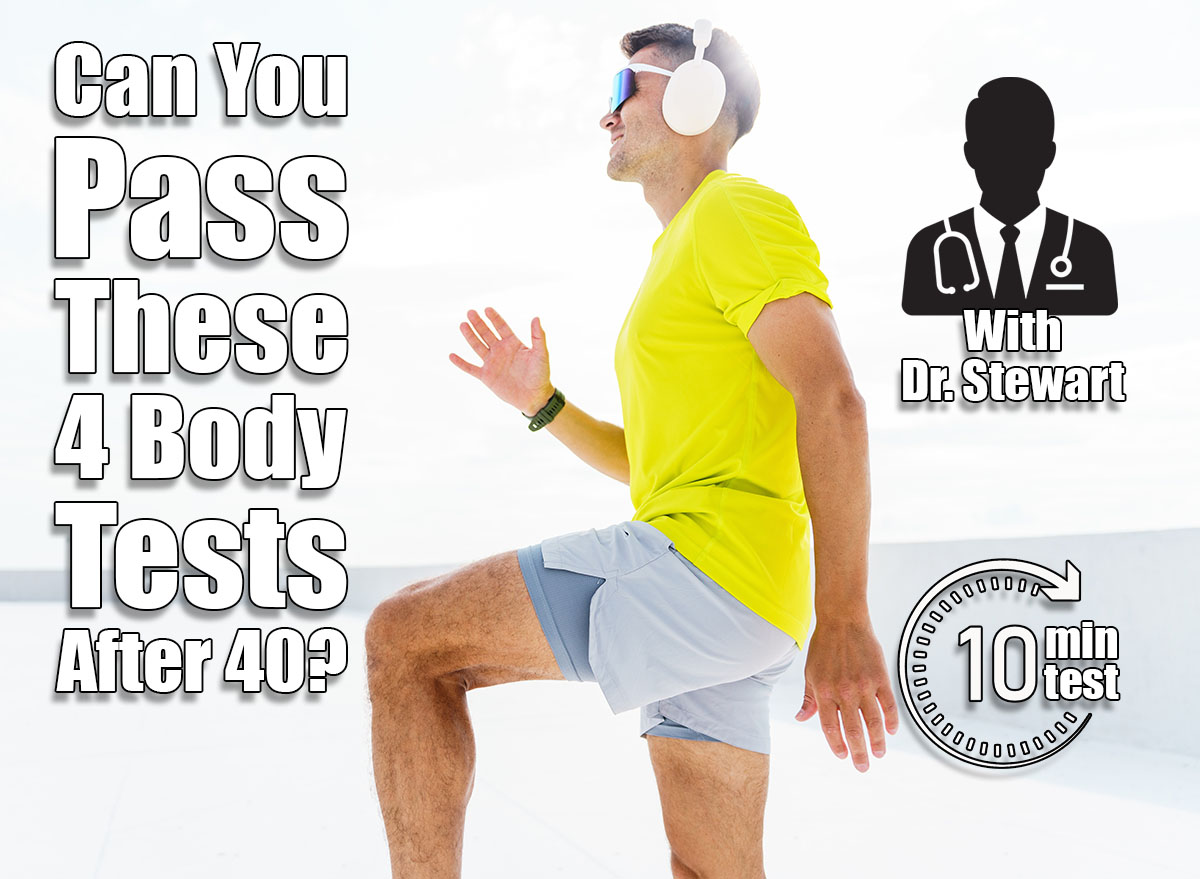
Your fitness age doesn’t always match the number of candles you blow out on your birthday cake. Rather, it showcases how efficiently your body handles basic movement, says Stewart Parnacott, PhD CPT, chief clinical officer at Ready Wellness. For instance, let’s compare two 50-year-olds: One may effortlessly hop off the ground, while the other might struggle to stand up from a chair. To help determine your true fitness age after 40, Stewart shares four essential bodyweight tests that gauge your strength, stability, and control.
“After 40, the things that start to matter most are pretty simple. Muscle. Balance. How your joints move. And how fast your body can react and recover,” Stewart explains. “Strength is part of it, sure, but it is not just that. Control and stability matter just as much. Most people don’t realize that until they feel it slipping.”
According to Stewart, the four tests below together will give you a clear understanding of your fitness age.
“They show if you’re holding onto strength, coordination, and mobility—or where you’re falling behind,” he says. “And they make it obvious where to start if you want to feel younger than your birth certificate says.”
Deep Squat
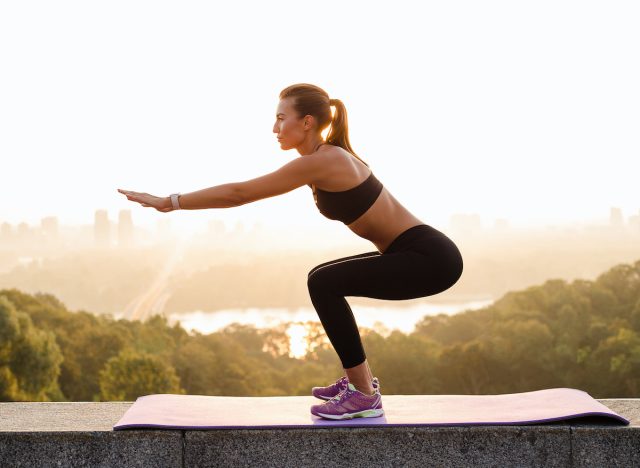
“If you can sit [in this position] without tipping forward or grabbing for balance, your hips, knees, and ankles are working together. Most people can’t. Usually, it is the ankles or core that give out,” Stewart explains.
- Stand tall with your feet shoulder-width apart.
- Bend your knees and squat as low as you’re comfortably able to, keeping your chest tall and heels down.
- Hold for 30 seconds.
Single-Leg Balance
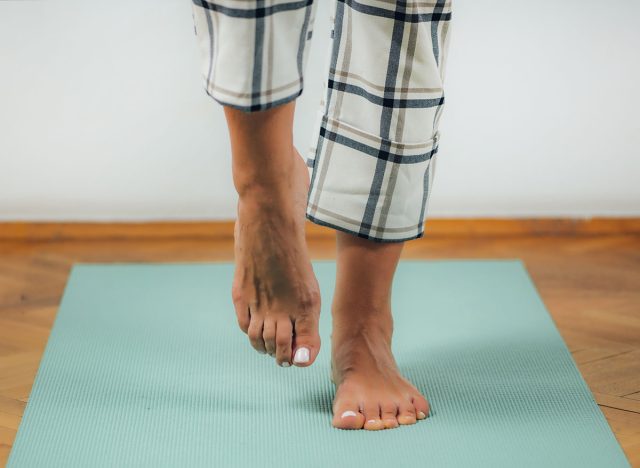
“[This exercise] sounds easy until you try it. When it is shaky, it shows the stabilizers and the nervous system are not firing like they used to,” Stewart points out.
- Stand tall.
- Balance on one foot without holding onto anything for support.
- Hold the position for 30 seconds without wobbling.
Pushups
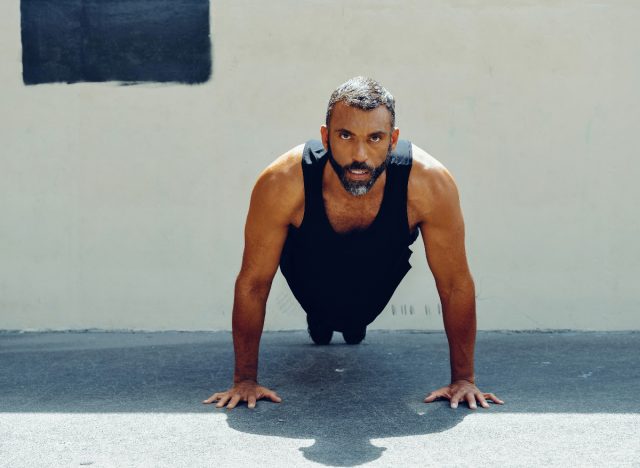
“If you can [complete the prescribed number of reps with solid form], you still have decent upper-body strength and core control,” Stewart says. “Less than five, and you’re losing muscle endurance quicker than you should be.”
- Begin in a high plank position with your hands under your shoulders and your body straight.
- Bend your elbows and lower your chest toward the floor.
- Maintain a long, straight body as you lower.
- Press back up, straightening your arms.
- Complete 10 smooth reps, going through the full range of motion—chest down and arms locked at the top.
Sit-to-Stand
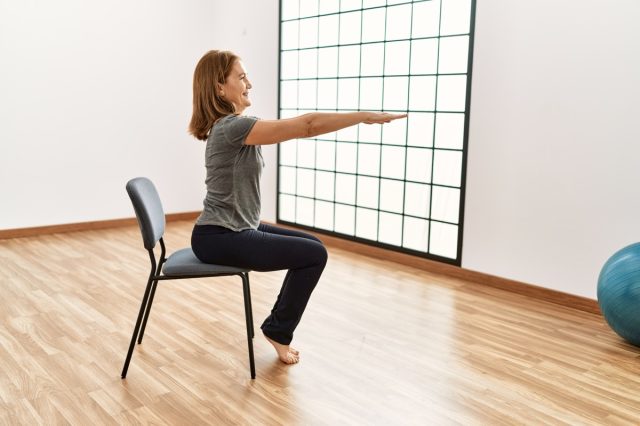
“If you can pull [the sit-to-stand] off, your strength, balance, and flexibility are all in good shape. If not, that’s the first thing to train,” says Stewart.
- Begin seated cross-legged on the floor.
- Stand up completely with as little support from your hands as possible.
- Sit back down with control and without using your hands.